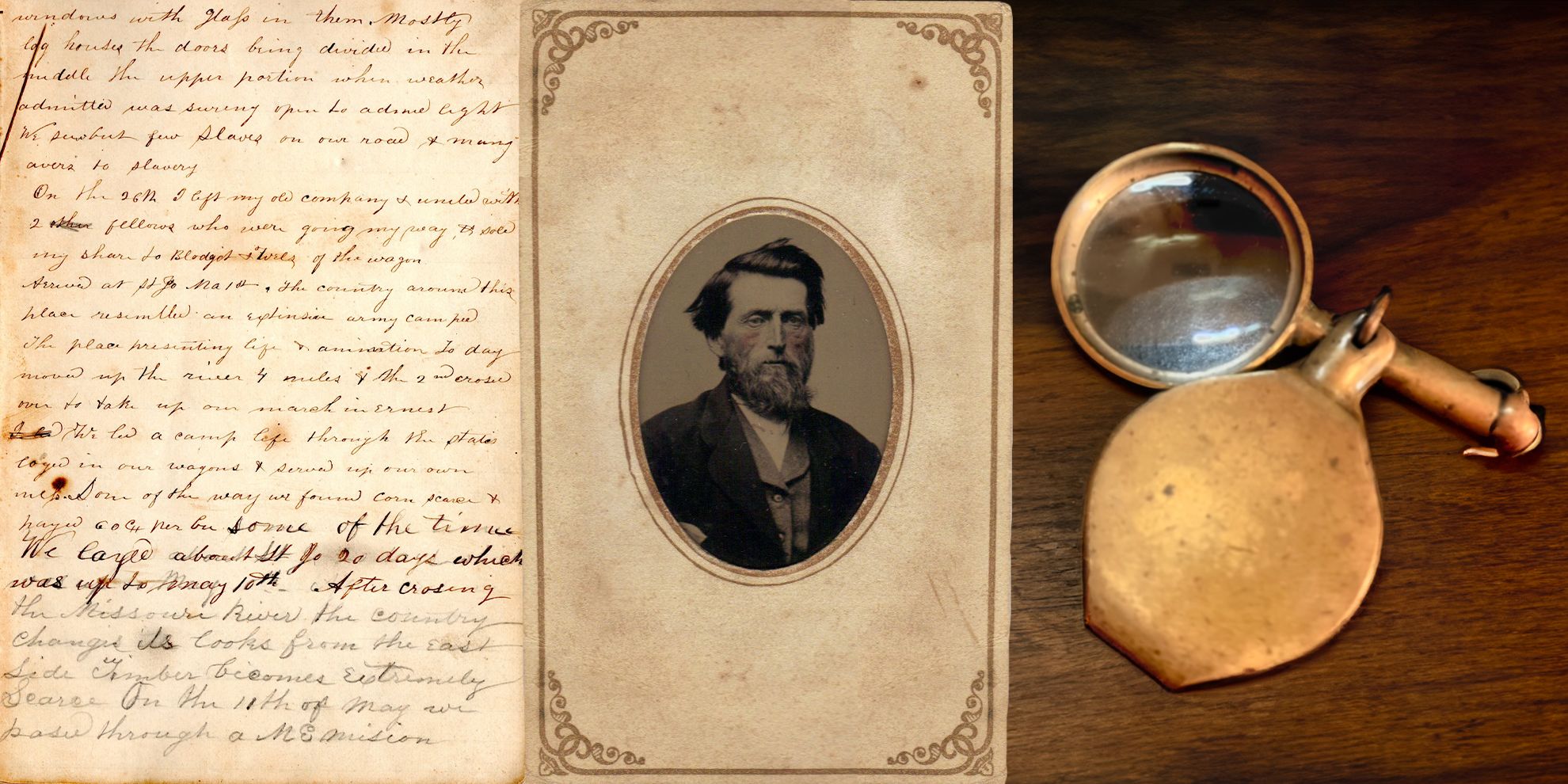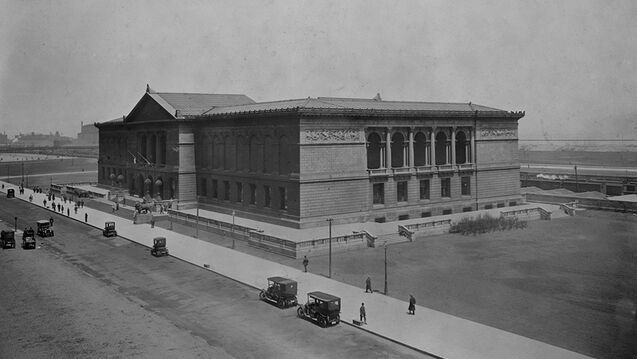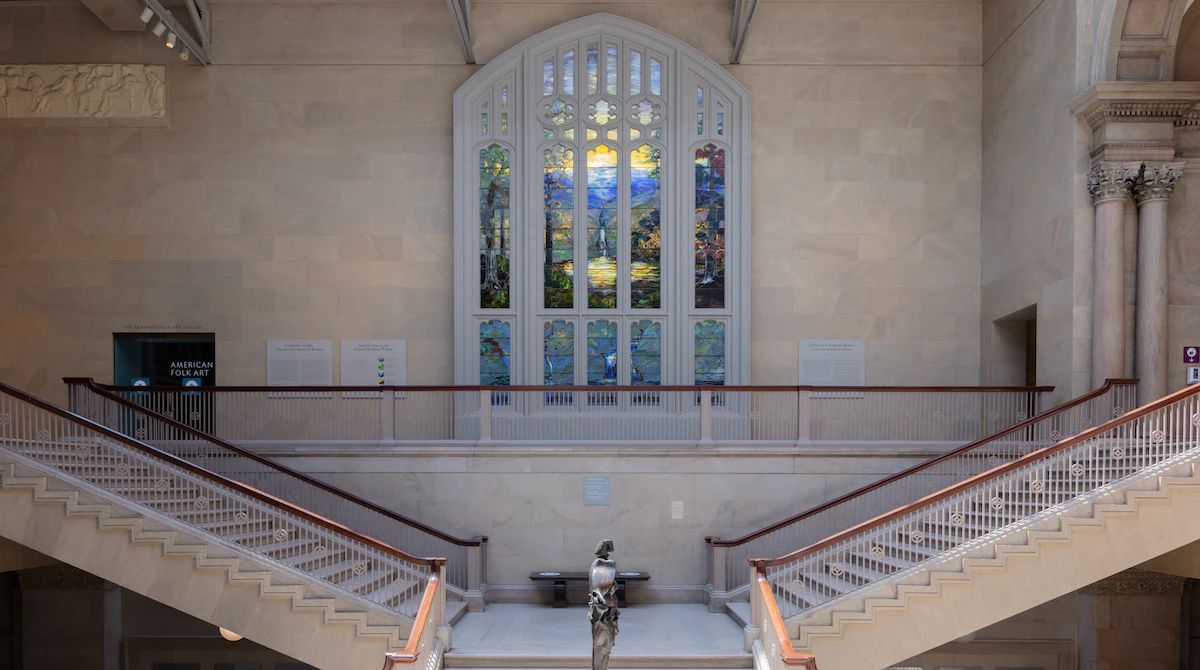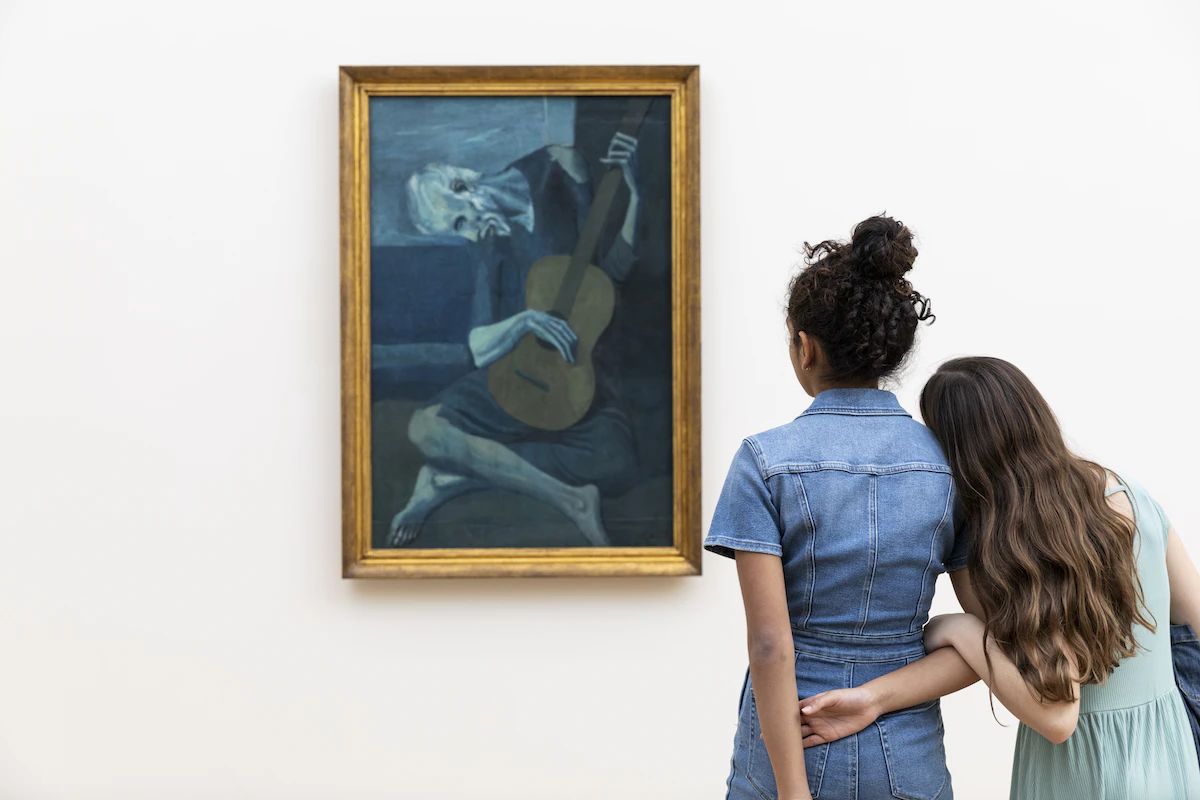MOST LIKELY TO MAKE HISTORY
Meet SAIC Founder Charles Peck

Left: Charles Peck Diary, Document, Lombard Historical Society Collection. Center: Charles Peck, Photograph, N.D., Lombard Historical Society. Right: Charles Peck Surveyor, C. 1840s, Donated by Keith Golden on behalf of the Peck Family.
Left: Charles Peck Diary, Document, Lombard Historical Society Collection. Center: Charles Peck, Photograph, N.D., Lombard Historical Society. Right: Charles Peck Surveyor, C. 1840s, Donated by Keith Golden on behalf of the Peck Family.
by Caitlin Cooner (MA 2025)
Before the School of the Art Institute of Chicago (SAIC), there were no art schools or even major museums in Chicago.
But in 1866, 36 Chicago-based artists came together in a small studio on Dearborn Street to forever change the cultural landscape of the city.
One of these artists was Charles Peck, a painter known for his landscapes of America’s Wild West during the height of the Gold Rush. In 1850, Peck traveled around the country showing Scenes of the Great West, the first panoramic painting to be exhibited in the US. After settling down in Chicago, Peck found a community of like-minded artists who saw the potential for the city to be an artistic oasis in the Midwest.

The Art Institute of Chicago
The Art Institute of Chicago
These artists came together to create the Chicago Academy of Design, an institute dedicated to teaching life and antique drawing. The school would also include a gallery that sponsored literary, musical, and dramatic events. The members of the academy held a successful opening exhibition at Crosby’s Opera House on May 3, 1867.
Over time, the Chicago Academy of Design ran into difficulties, the greatest of which was the loss of their building to the Great Chicago Fire in 1871. Operating out of apartments and small gallery spaces, the institute survived because of the determination of artists such as Peck, who stored many of the school’s surviving 20 paintings in his Chicago apartment. The school eventually became an incorporated institution under the name the Chicago Academy of Fine Arts. In 1882, the academy was renamed the School of the Art Institute of Chicago—and the newly established board of trustees expanded the institution’s scope to include collecting as well as instruction, beginning to build an art collection that students could use as a resource to study the masters.
This urge to teach and study was the foundation of the Art Institute of Chicago, and what started as a small study collection for SAIC grew into one of the world’s greatest collections. The current Art Institute building was created for the 1893 World’s Columbian Exposition. (The lions arrived a year later.) Over the years, the museum has expanded to include gardens and an expansive modern wing—and downtown Chicago has sprung up around it. After all this time, SAIC students still traverse the galleries and study its research collections, finding inspiration and guidance for their own art.

Hartwell Memorial Window at the Art Institute of Chicago. Design attributed to Agnes F. Northrop, made by Tiffany Studios
Hartwell Memorial Window at the Art Institute of Chicago. Design attributed to Agnes F. Northrop, made by Tiffany Studios
Without the determination of art enthusiasts like Peck, the Chicago art world would certainly look different. Aside from the Art Institute of Chicago, SAIC community members established numerous museums in Chicago, such as the DuSable Black History Museum and Education Center, founded in 1961 by Margaret Burroughs (BA 1942, MA 1948, HON 1987) and her husband Charles Gordon Burroughs. Other important cultural institutions like the Hyde Park Art Center, the South Side Community Art Center, and the Ukrainian Institute of Modern Art were created through the efforts of SAIC alums.
Today, you can find SAIC alums in almost every art institution in Chicago and throughout the world. Whether it's exhibiting their work in museums, founding galleries, running art festivals, or simply coming together to complete exciting projects, SAIC is full of people who share a passion for the arts. And it all started back in that small studio in 1866, when Charles Peck and his peers dared to imagine Chicago as the creative hub it would become. ■

Pablo Picasso, The Old Guitarist, late 1903–early 1904, at the Art Institute of Chicago
Pablo Picasso, The Old Guitarist, late 1903–early 1904, at the Art Institute of Chicago
